

Freelancing has become a great way to leverage this shifted work dynamic that the gig economy has created. No matter if you’re trying to get out of your 9-to-5, top up a low salary, or step into something whole new, this guide will walk you through every stage towards turning freelance success.
This blog post will cover: From making sense of the scope in freelance world to building your brand and finding your first clients. And in the end, you’ll have a roadmap to work toward transitioning into an exciting freelancing career.
Freelancing is typically doing work, both with your skills and services from project-to-project. Freelancers are not employees, nor do they need to work with a single client or on one project. Freelancing can take many forms – be it solo freelancing, gig work or even project-based contracts.
The upside of freelancing is that it allows you more flexibility, autonomy, and the possibility to make more money. Moreover, you have the freedom to work remotely. Make your schedule and choose what you want to do based on interest or skill.
Despite its freedom, freelancing is not a bed of roses. These projects take self-discipline, time management and an ability to grapple with the unknown. Therefore, you have to worry about being able financially. Marketing yourself and having a constant flow of clients at least.
Before you start freelancing, do self-assessment. What skills do you excel at? “What interests you the most? When you know this, it will help in deciding you. What freelance field to get into that not only pays the bills but also keeps excited and motivated.
Look into how much the market is willing to pay a freelancer with your set of skills. You can however visit platforms like Upwork, Fiverr and LinkedIn to see what other freelancers in your field are offering & charging. This will provide you with a reasonable idea of what your market value, and put yourself in more competitive positioning.
Selecting right freelance niche is very important for you success. Therefore, think about what you can do, want to do and where the markets are in your area. Identify where it will be easy to create value and transfer this work on the market. When you specialize in a niche, you become the clear choice for clients because they know they need your area of expertise.
You can also get to identify your Unique selling points (USPs) when you Understand Your Competition Study the best performing freelancers in your niche and make a note of where you fall short. It will help you to fine-tune your offerings and differentiate you from others.
A solid personal brand is critical in driving clients to you. Firstly, your brand tells your clients who you are. Secondly, what you do and thirdly, why they should choose to work with YOU. Consequently, you can create a polished online presence with a website, social profiles and cohesive visual identity
Your portfolio is your tool for showcasing to potential clients that they can trust in you. The best work that you have done Testimonials from satisfied customers Case studies Keep it readable and clean, both visually positioning the portfolio piece on your site. You can create your portfolio for free on behance.net.
Freelancers Find Work Through Networking Go to industry events, get involved in online groups/communities and network with people who work on your field. Networking amongst potential clients and other freelancers introduces new prospects for referrals as well.
Look for freelance jobs on Upwork upwork.com, Fiverr fiverr.com or Freelancer freelancer.com They are platforms for a certain skill, which connects freelancers with clients who need that specific job done. Make A Strong Profile, Started Applying For Jobs & Collect Positive Reviews.
Time and project managements are some of the most important keys that lead to success with freelancing. Since keep organized and monitor your time by using Trello, Asana or (whatever you prefer), toggl there are many. Establish time frames and let the client know when they can expect to hear from you.
Not only can pricing your services be difficult… Check Out What the Market Standard is Going, Your Experience Level and How Much You Have to Spend. Expect to have to haggle with clients regarding pricing and make sure that you charge what is fair for the job.
When it comes to a freelance career, this is very important because without one you are not going anywhere, consequently, produce high-quality work, deliver your projects on time and communicate properly. As a result, satisfied clients will tend to return and refer business your way.
As soon as you start getting a steady client flow, then focus on how to scale your business. Therefore, you can scale your business through taking on more work yourself. You can offer some additional services (through subcontractors). Creating passive income streams such as online courses and digital products.
To sum up, freelancing is an exciting and challenging task just like we discussed earlier! Follow this step-by-step guide and you will be ready to start freelance materials! So, measure your skills. Research about the market which you’re aiming to enter. Create good brand and keep looking for bigger opportunities.
Ready to take the leap? Start your career as a freelancer today with alif platform. Get yourself register today at alifplatform.com Happy freelancing!
© 2024, Alifplatform. All rights reserved.
WhatsApp Us